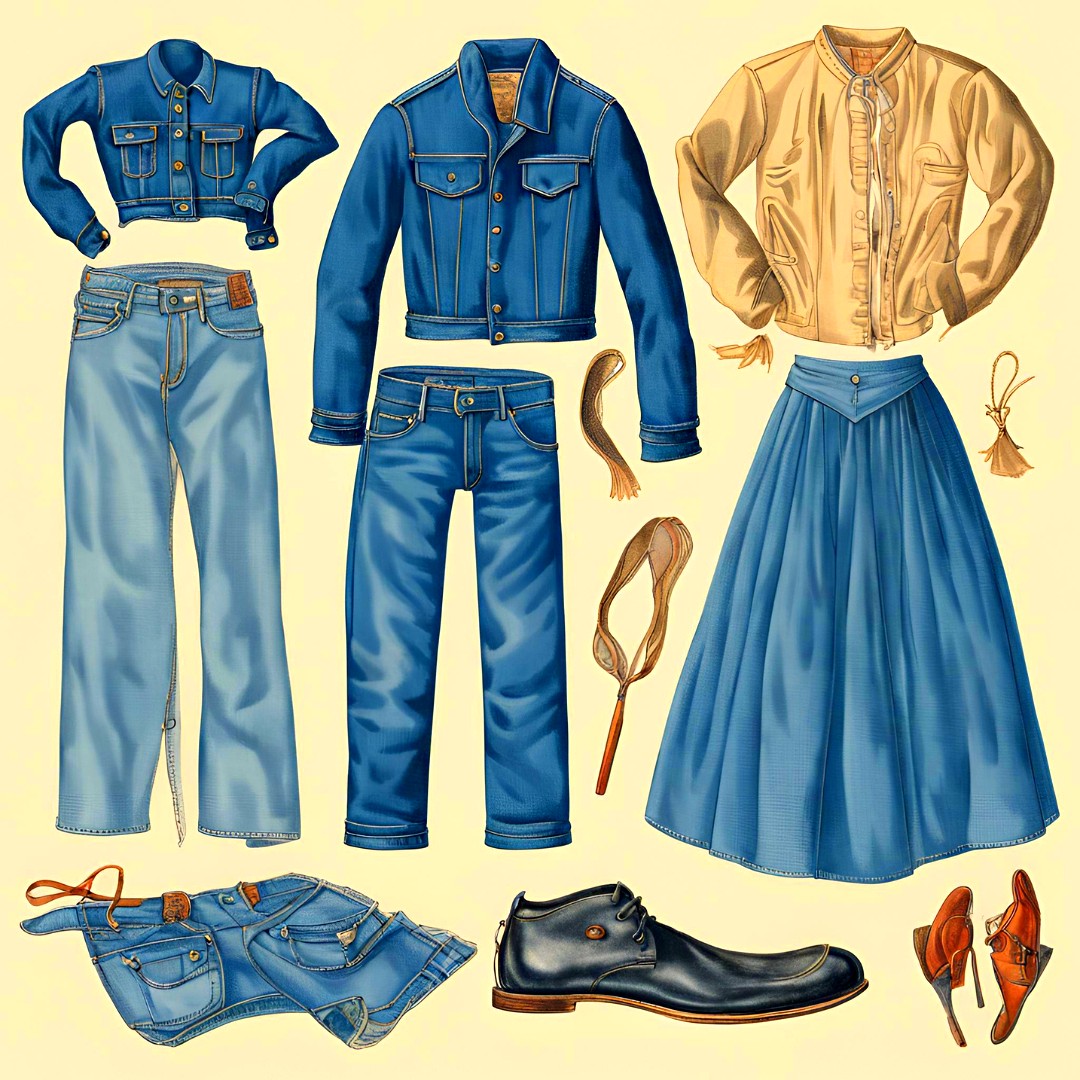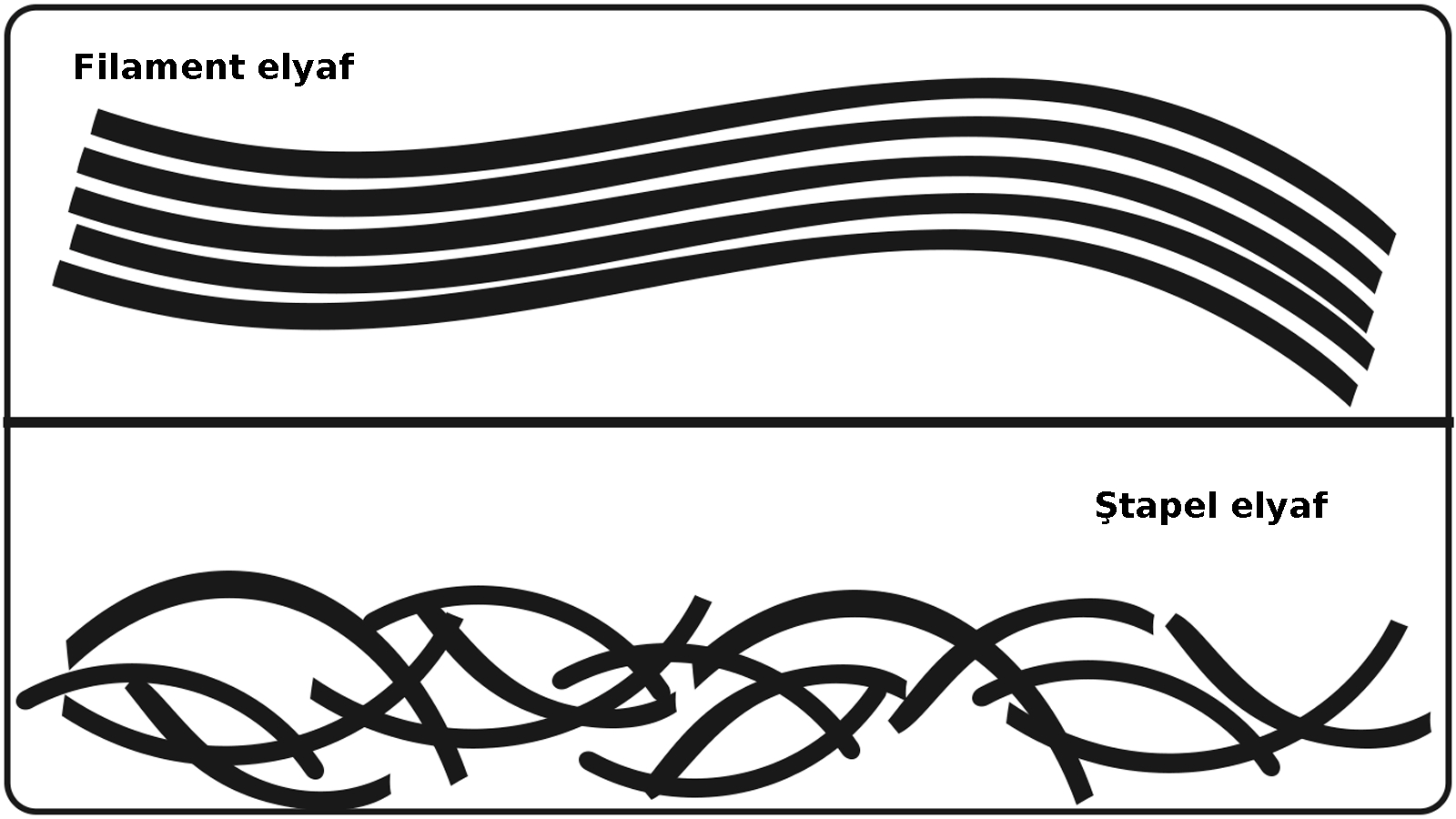Knitting Needle Cycle - Sock Knitting Basics
13:37
0 comments
In all knitting machines, the main element for the intermeshing of loops is 'the needle.' Earlier straight pins were used in hand-knitting to kink the yarn to form a circle and intermesh the new loop through the old one. When the machine was developed in 1589 by William Lee, a spring beard needle was used. Later on, in 1847, 'a latch needle' was created, and in the 20th century, 'a compound needle' was developed. However, the principle of knitting remained unaltered. The knitted fabric's quality depends mainly on the effectiveness and accuracy of the loop-forming element, such as a needle. Minor variations in needle manufacture can lead to the irregular fabric. The surface of it should be highly polished, allowing the yarn and the loop to slide freely. It should have high strength and toughness to give durability. It should also perform several million knitting actions without fault. There are mainly three types of needles used:
1-) The spring beards
2-) The latch
3-) The compound needle
A sock knitting needle must form a new loop, pull this loop through the previous loop formed, lose the old loop, and pull the new loop to the length specified for the product. Variations in this cycle allow fine-tuning of texture, appearance, and performance to meet product specifications.
-
Ayakkabılarda doğru numara seçimi sağlık ve kullanım ömrü açısından önem arz eder. Kesirli Ayakkabı Numaraları Ne Anlama Geliyor? 🤔 Bazı a...
-
Rahat bir kullanım için ayağın genişliği ve uzunluğuna uygun ayakkabıyı seçmek son derece önemlidir. Ayakkabı Genişlik Terimleri: E, F, FX,...
-
Lif kısaltmaları tekstilde elbise üretiminin her aşamasında kullanılır. Tekstil, Kumaş, Lif ve Elyaf Kısaltmaları : Tekstil endüstrisi, lif...
-
İş sağlığı ve güvenliği için bazı işletmelerde pr ayakkabı kullanımı gereklidir. Ayakkabılarda rastladığımız "PR" terimi, İngiliz...
-
Mavi polycotton nevresim takımı. Polycotton , polyester ile pamuğu (cotton) karıştırarak elde edilen, her iki elyafın en iyi performans ...
-
Pamuk kozası. Pamuk , doğal kaynaklı olan en önemli tekstil liflerinden biridir, pamuk bitkisi tek yıllık bir bitkidir ve bitkinin meyve...
-
Elbiselerin hammaddelerinin türüne göre ütünün ısı ayarı yapılmalıdır. Dolabınızda pek çok tür kumaştan çeşitli giysiler bulunur. Bu...
-
Ütü parlaması çok yoğun ise elbise kullanılmaz hale gelir. Ütü yaparken özellikle pantolon gibi hassas kıyafetlerde parlama oluşabilir. Ütü...
-
Kumaşın ön yüzünün ve arka yüzünün gösterimi. Kumaş yüzü (Alm. Stoffvorderseite, Fr. front de tissue, İng. fabric face; face of fab...
-
Komandatura bir elbisenin bolluk, fermuar, kısaltma işlemlerini yapan terzilerdir. Komandatura, düzeltme terzisi. Fermuar değiştirmek, sök...
-
Türk tekstil ve hazır giyim sektörü: yerli markaların yükselişi. Türkiye'nin lokomotif sektörlerinden biri olan tekstil ve hazır giyim...
-
Akrilik elyaf, iyi yalıtım özelliğine sahip olmasıyla öne çıkan sentetik bir lif türüdür. Akrilik Elyaf: Tanım ve Özellikler Akrilik, ( Alm....
-
Kumaş numunesi. 1) Yapılarına göre (nasıl yapıldıysa o ismi alır) a) Dokunmamış kumaşlar - Nonwoven , keçeler, kağıt telalar, elyaf, vi...
-
Ünlü Türk modacı ve tasarımcılarının kreasyonları artık dünya moda başkentlerinde sergileniyor. Türkiye'de tekstil ve moda sektörünü...
-
Türk ayakkabı markaları, yerli ham maddeyi mükemmel işçilik ve estetik tasarımlarla birleştiriyor. Türk malı ayakkabı ürünler, kalitesi ve e...
-
Farklı renk ve türdeki kumaş çeşitleri. Kumaş, ipliklerin, çeşitli yöntemlerle bir araya getirilerek oluşturduğu kaplayıcı yüzeylerd...
-
Dünyanın en meşhur modacıları. Dünyaca ünlü modacılar Her sezon önce podyumları sonra da vitrinleri süsleyen özel koleksiyonların arkas...
-
Lif kısaltmaları tekstilde elbise üretiminin her aşamasında kullanılır. Tekstil, Kumaş, Lif ve Elyaf Kısaltmaları : Tekstil endüstrisi, lif...
-
Naylon olarak da bilinen polyamid kumaşlar sentetik kökenli bir kumaş türüdür. Polyamid ya da naylon (Alm. Polyamidfaser, Fr. fibre ...
-
Tekstil ürünlerinin etiketlerinde yıkama, kurutma ve ütüleme ile ilgili semboller bulunur. Tekstil Ürünleri için Tavsiye Edilen Yıkama Tali...














































































































0 yorum:
Yorum Gönder
Merhaba, daha kaliteli bir site için yorumlarınızı bekliyoruz.